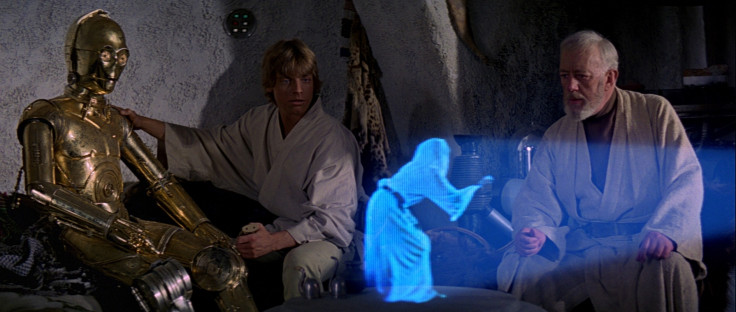Straight out of science fiction: Scientists create 3D 'holograms' in thin air
Ground-breaking technique developed for creating moving 3D images viewable from all angles.
Three-dimensional moving images which can be viewed from all sides have been a staple of science fiction for decades.
However, recreating this feat in reality has proven extremely difficult, with existing approaches hampered by narrow viewing angles or the need to don special headwear.
But now researchers have developed a revolutionary technique to create sculpture-like moving images in thin air which are not possible with current holographic technologies.
The findings are published in the journal Nature.
Daniel Smalley and his colleagues from Brigham Young University have designed what they call the Optical Trap Display – through which a 3D object can be represented in real space and viewed from any angle without the use of special eyewear. In addition, the image can coexist with objects occupying the same physical space.
The effect is created using a near-invisible light field which traps and moves a small particle through a volume of space. This particle is illuminated using red, green and blue lasers which are constantly scanning the light field.

When the particle is being scanned by the lasers at high speeds, the impression is created of a solid 3D surface with fine detail and a variety of colours. At even faster speeds, the object can even appear to be moving.
These devices – known as volumetric display devices – are unlike traditional holograms because they can be viewed from a range of angles.





















